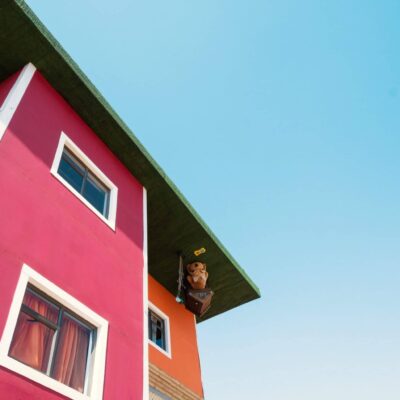5 Ways to Manage Risk With Tiny Home Inspections
Last Updated February 6, 2025
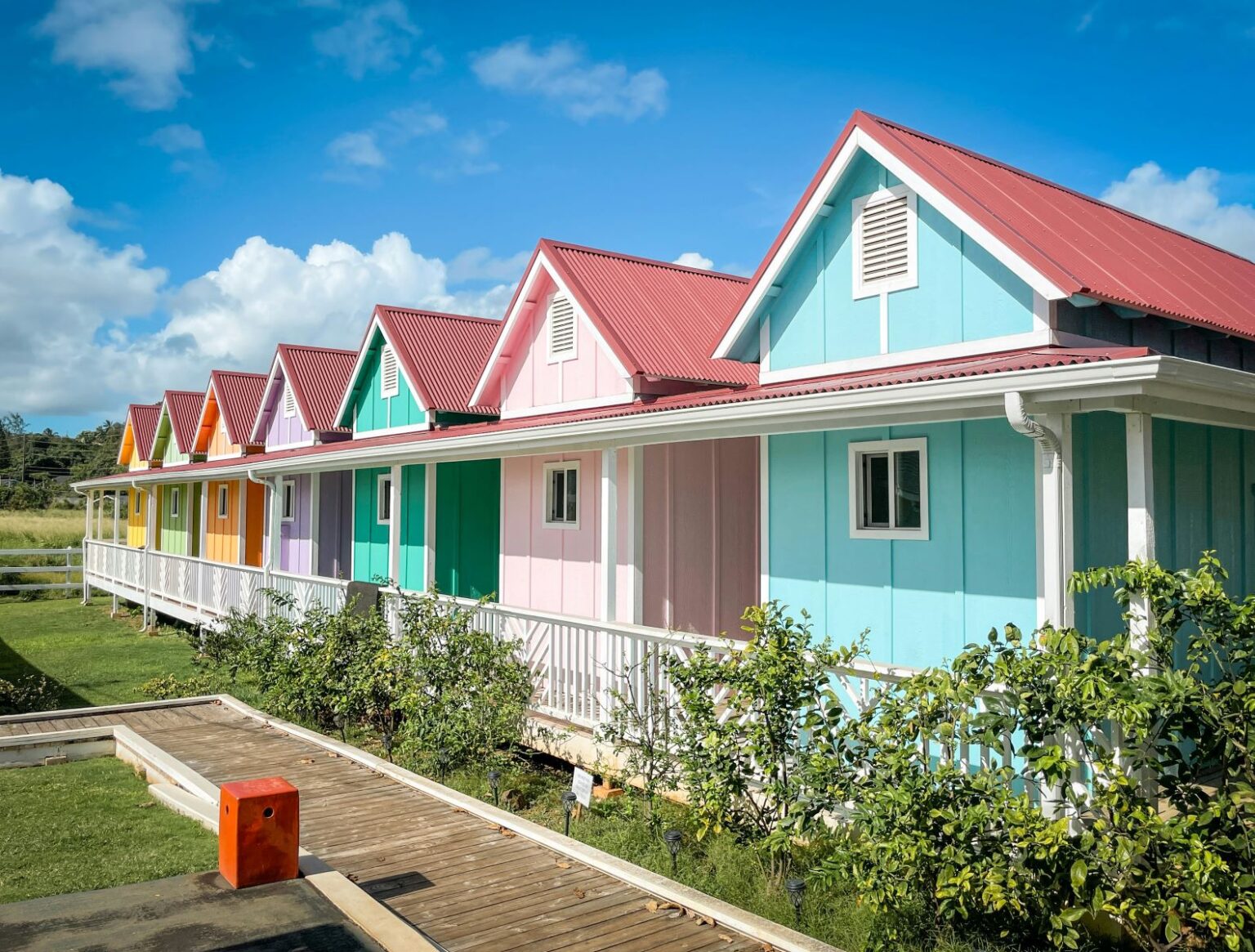
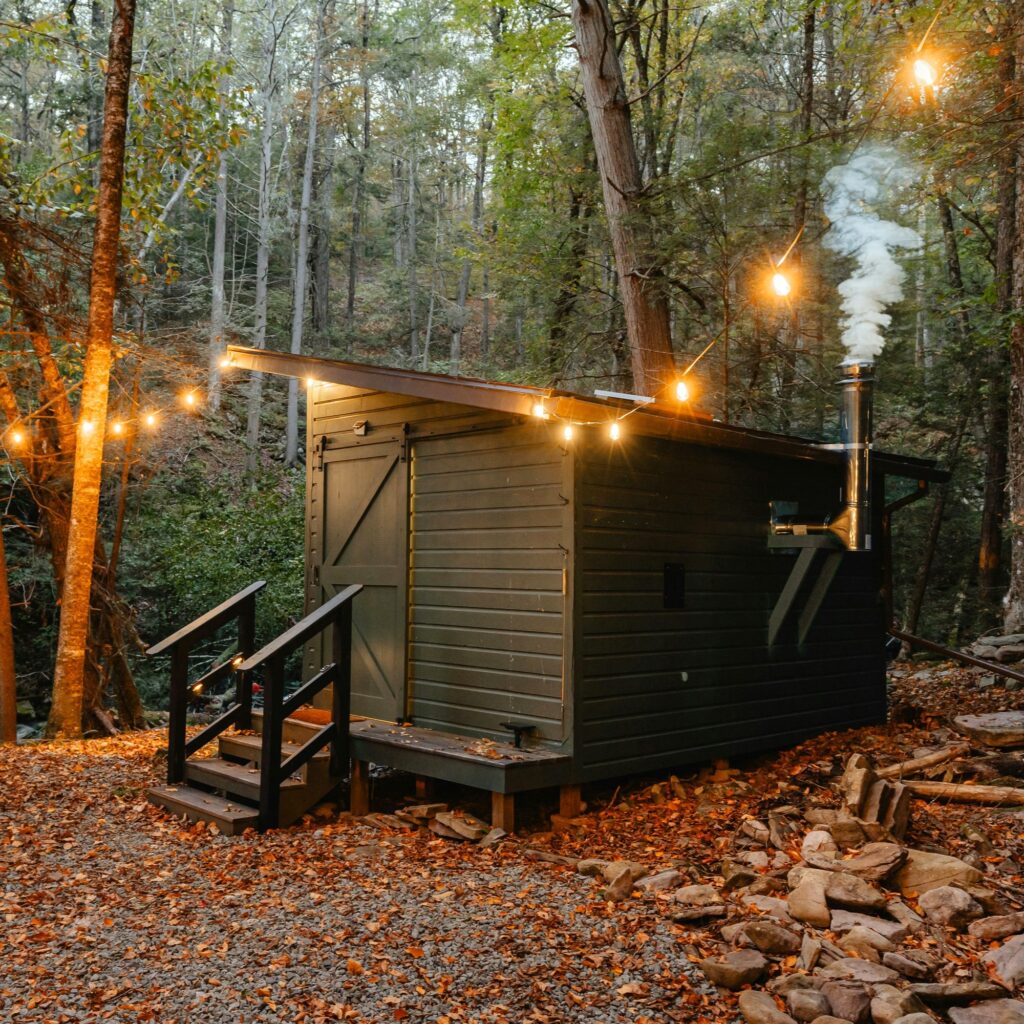
“Welcome to your very own cabin in the woods! Escape the hustle and bustle and surround yourself with the peace and quiet of nature,” read the tiny home’s Zillow listing.
With a fresh, robin’s egg blue exterior and buffalo check furnishings that screamed “farmhouse chic,” the “cabin” looked warm, trendy, and inviting. To the typical home buyer, nothing in the photos looked amiss. The red flag appeared in the fine print at the bottom of the Zillow description: “Purchasers should be aware that this is a storage/utility shed. There is no foundation and septic which would be required by a lender, so cash offers are necessary.”
Imagine home inspector Preston Kincaid’s surprise when he inspected it—and then when the client sued him shortly after the tiny home inspection for the property being uninhabitable.
“The client was a very friendly woman who absolutely knew that the home was questionably legal. And she was even making jokes about why she was even getting a home inspection,” Kincaid told his peers in a post on the Facebook group Home Inspectors Helping Home Inspectors. “I believe that she knew exactly what she was buying, and now that she’s been red tagged, I think she’s just having buyer’s remorse. And instead of taking responsibility for making questionable decisions, she’s looking to benefit—and monetarily.”
So what went wrong with this tiny house inspection? And what can you do to avoid tiny house claims against your inspection business? Read on to find out.
What is a tiny home?
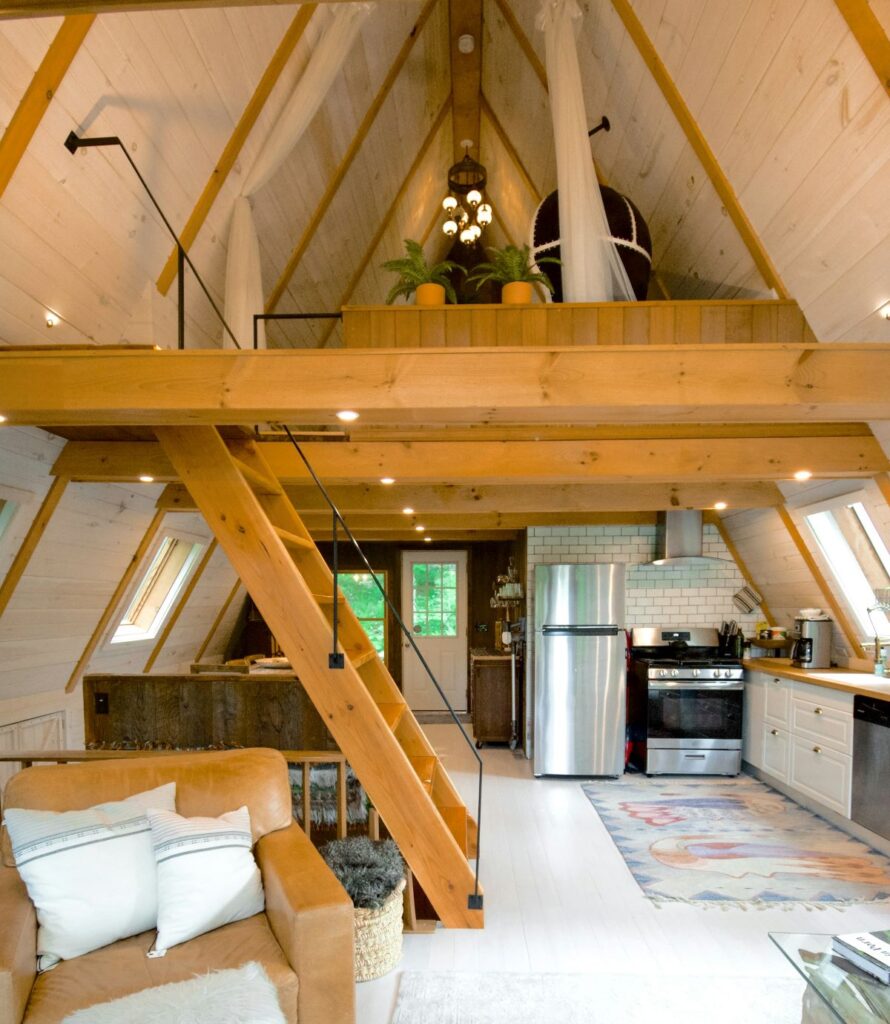
Ranging from 100 to 600 square feet, a tiny house is a compact dwelling designed to maximize a small space and a small price tag. With the average price of a tiny home sitting at $52,000, tiny houses are 87 percent cheaper than typical, single-family dwellings.
“‘Home’ for most people conjures up a brick-and-mortar with multiple bedrooms and bathrooms. Usually, with a tiny home, you get one flexible space that’s used as an everything space,” explained Jonathan Hallmark of Hallmark Inspections, LLC in Texas.
Some date the start of the tiny house movement to the 2008 financial crisis, when some victims of foreclosure turned to tiny homes. Others attribute tiny homes’ growing popularity to Netflix reality TV series Tiny House Nation, which aired in 2014 and 2019. During the pandemic, rising home prices and inflated rent costs also compelled people to turn to tiny homes. And many existing homeowners looking to capitalize on the rural vacation rental boom invested in tiny homes. Regardless of its origin, tiny homes fold well into other developing trends, including minimalism, sustainability, financial freedom, and nomadic lifestyles.
Last year, there were about 10,000 tiny homes in the United States, accounting for 0.36 percent of total residential listings. Meanwhile, the number of miniature houses is growing. Fidelity National’s subsidiary IPX1031 found that over half of their 2,000 survey participants would live in a tiny home. And Data Bridge Market Research predicts tiny homes will become a $6.9 billion industry by 2029.
Are tiny houses inspected? Who performs tiny home inspections?
While the tiny home industry is growing, the world of tiny house inspections is still new.
Not many home inspectors have experience examining such properties. For this article, we interviewed two inspectors: Hallmark, quoted earlier, and John Rodkey of JMR Inspections in Massachusetts. Each conducts a couple tiny home inspections per year.
Hallmark conducts most of his tiny home inspections for free in tandem with Community First! Village, a master planned housing community for the formerly homeless. He also built his own tiny home out of an Airstream shell, which he rents out as an Airbnb.
Rodkey primarily does tiny house inspections for hobbyists whose lives are fluid. One client built a tiny home in their grandfather’s backyard to create a sense of home before eventually relocating with their family for a job opportunity. Another was a musician who wanted a low-cost place to live between tours.
How do tiny home inspections differ from traditional home inspections?
Other than being smaller, what differences can you expect between a tiny and a traditional home?
- While you can build a tiny home with traditional stick framing, most tiny homes are prefabricated, or built in a factory and then delivered.
- If not prefabricated, many tiny homes are DIY projects or conversions, like the aforementioned seller who turned a shed into a tiny home.
- With less square footage, tiny homes can be less forgiving. If, for example, the rim joists are missing a sixteenth of an inch off the plumb, it’ll be misaligned from the bottom to the roof.
- Specialized systems in tiny homes can be difficult to access and often follow different standards. (i.e. Guidelines on tiny home inspections may differ slightly.)
- Few are outfitted with ducted HVAC systems, opting for window units and space heaters instead.
- Due to the small amount of space, an occupied tiny house is difficult to inspect since the majority of the area is concealed by belongings and components.
How do I manage my risk while performing tiny home inspections?
Kincaid may have caught bad luck with a client who was going to sue no matter what. But what can you do to prevent claims from tiny home inspections? And if a claim still strikes, how can you make them easier to resolve?
Here are five tips to limit your liability.
1. Consider additional training.
If you’re planning to offer tiny house inspections regularly, you need to develop specialized knowledge on tiny homes’ construction and how to examine their specialized systems.
Since tiny homes are still an emerging dwelling type, few states or associations require additional certifications or guidelines on tiny home inspections. However, taking courses to learn more about tiny homes can give you more expertise.
The Inspection Certification Network (ICA) offers an alternative housing certification, which includes tiny homes. Other tiny home certifications cater less to tiny home inspections and more to people looking to build their own tiny homes or work with manufacturers. NOAH RDI offers one such program.
2. Disclaim code.
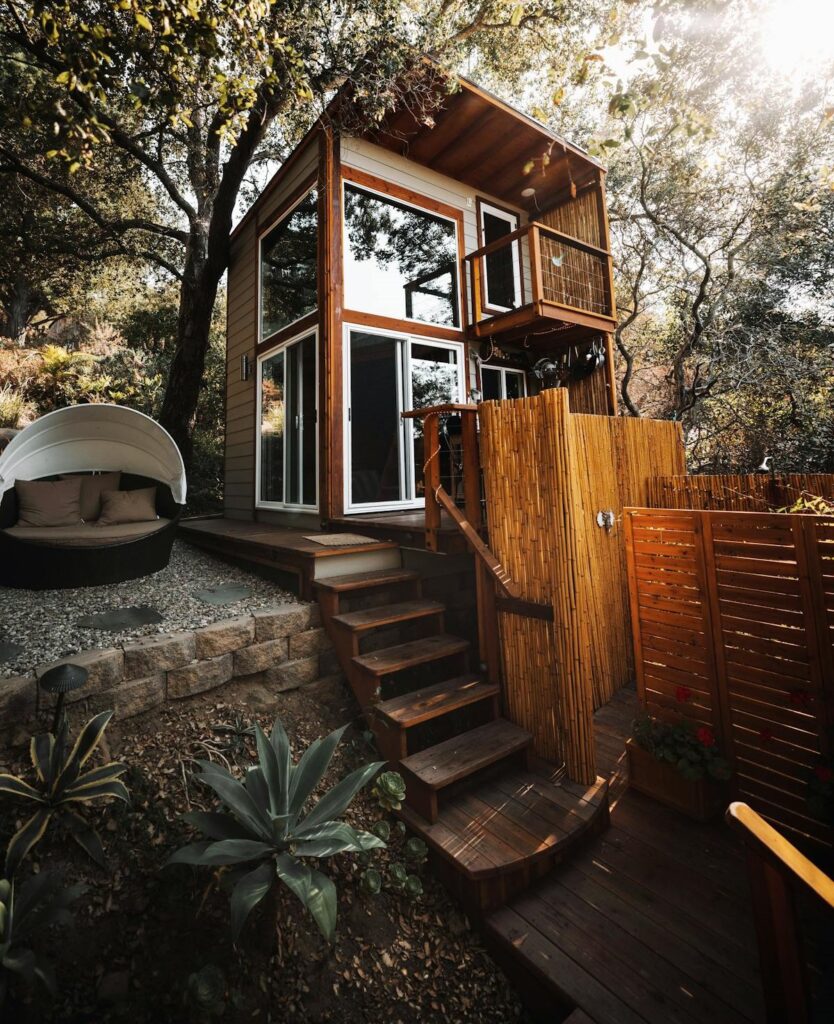
One of the greatest difficulties you’ll face with tiny home inspections is a lack of clear regulations and building codes. Since tiny homes lack universal standards, disclaiming code during a tiny home inspection is an absolute imperative—even if you have code certifications for standard building inspections.
“In tiny homes, size matters. Squeezing as much into as little space is key. As a result, a lot of building standards for sizes and tolerances end up getting sacrificed in the name of efficiency,” Hallmark said. “Stairs are never the proper width. Toilet distances, shower openings—none of that stuff ever matches up with single-family home IRC building standards.”
Rodkey agrees tiny homes can be a regulatory nightmare.
“There’s confusion about how to assess tiny homes. Are they mobile homes? Are they permanently affixed? Are they single-family residences? It’s like nobody really knows,” Rodkey said.
When someone schedules a tiny house inspection, explain that you are not a code inspector and, therefore, cannot tell them whether or not their small home is compliant. Additionally, disclaim code in your pre-inspection agreement. Explain that your standards of practice (SOPs) do NOT require you to determine compliance with codes, regulations, and installation and maintenance requirements. When your client agrees to this limitation by signing your agreement BEFORE the inspection, you safeguard against potential compliance claims.
Here’s an example of a disclaimer from our state-specific pre-inspection agreements:
The Inspector will not provide an opinion on compliance with any particular building code.
Not sure your contract has the appropriate language about code—and everything else? Use our model agreements.
3. Be familiar with code, but do NOT cite code.
Remember how we just told you to tell your clients you’re not inspecting for code? While that’s true, you still need to be on the lookout for compliance-related issues. Knowing code is an important part of recognizing issues during tiny home inspections.
However, if you don’t want to adhere to the standards of a building code inspector, you can’t cite codes in your reports. If you see something that looks wrong, call it out in your report and recommend your client contact a code inspector for further evaluation.
4. Don’t check permits or regulations yourself.
“A lot of tiny homes are built by people who are not professionals. You get tiny homes that are being built by some Joe Blow in their backyard who may have zero building experience. They’re just watching YouTube videos,” Hallmark said.
With so many tiny homes being DIY projects, permits and regulations can be a big issue. There are zoning and regulatory challenges. The “home” may not legally be a home due to such rules, including minimum size requirements for single family dwellings. It’s much like the “cabin in the woods” at the beginning of our article.
But pulling permits and researching regulations is outside of your inspection scope. So don’t do it. Instead, recommend your tiny house inspection client investigate the permits and laws themselves.
5. Go slow.
With homes so small, there’s a lot to see—and a lot to miss. While it may be tempting to crank a tiny home inspection out quickly, Rodkey recommends taking your time to avoid oversights.
“It’s very easy to walk past something because there’s so much packed into a small space,” Rodkey said. “Go slow.”
Another reason Rodkey recommends going slow? So you can enjoy the unique experience.
6. Beware of wheels.
While most people define tiny homes as small houses with permanent foundations, others have looser interpretations. Some consider a property on chassis with wheels or trailer tongues tiny homes, too, like a tiny house on wheels. But your insurance provider may not define a tiny home as “real property” and, therefore, won’t cover a related inspection.
To find out how your insurer defines “real property,” check out the definitions section of your policy. When in doubt, call your insurance broker before you accept a tiny home inspection to confirm your coverage.
Insurance for Every Home Inspection (Even Tiny Home Inspections!)
Whether the home is 100 or 100,000 square feet (looking at you, “The One” in Bel Air), we have the coverage you need. With perks like pre-claims assistance, model pre-inspection agreements, and deductible discounts, it doesn’t get better. Complete our 10-minute application to receive a free quote.


